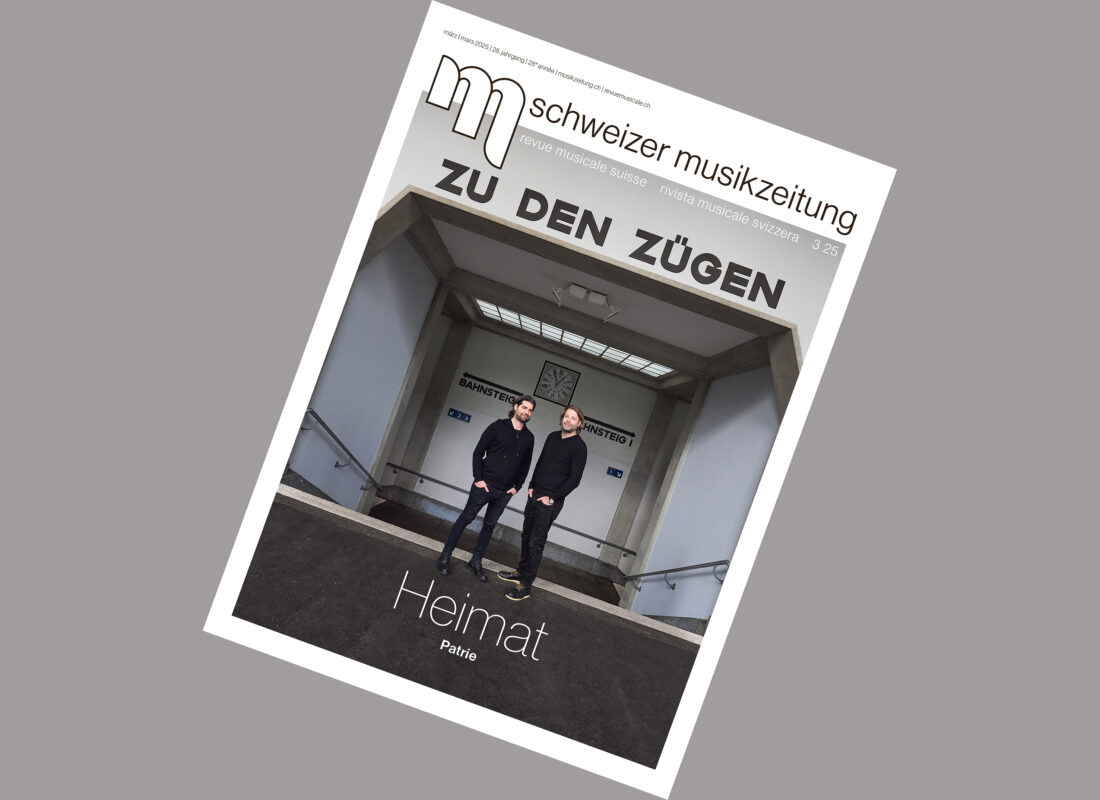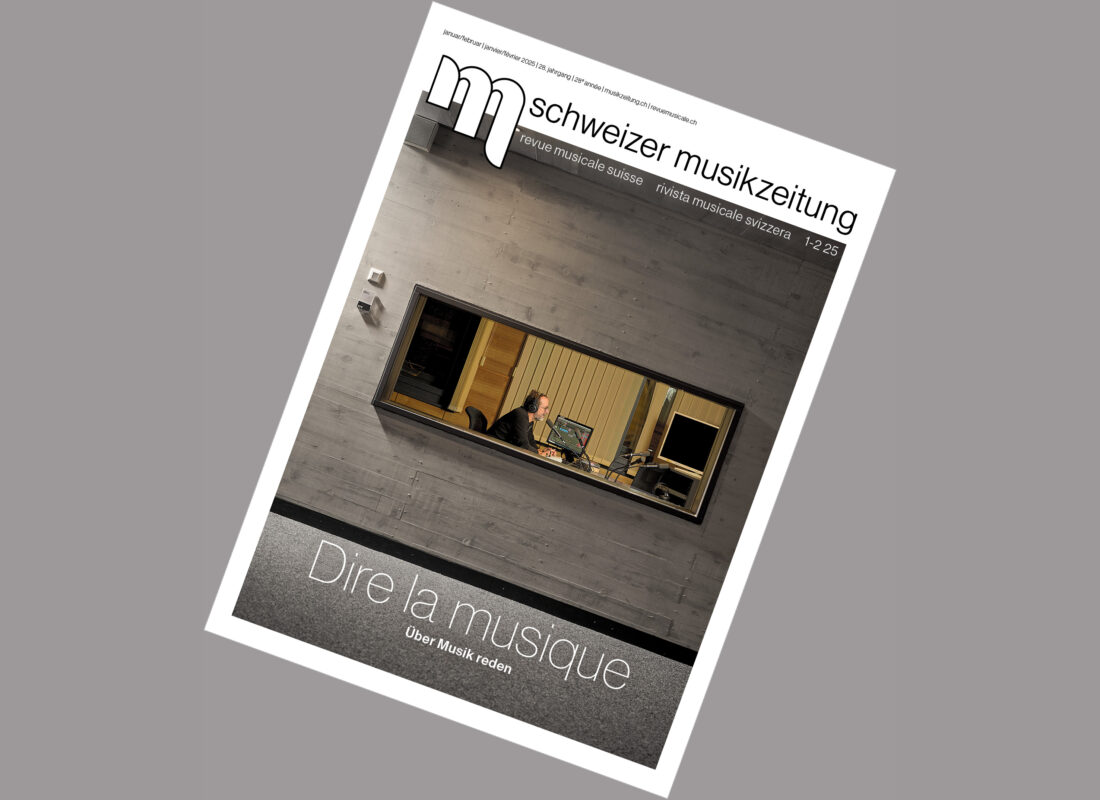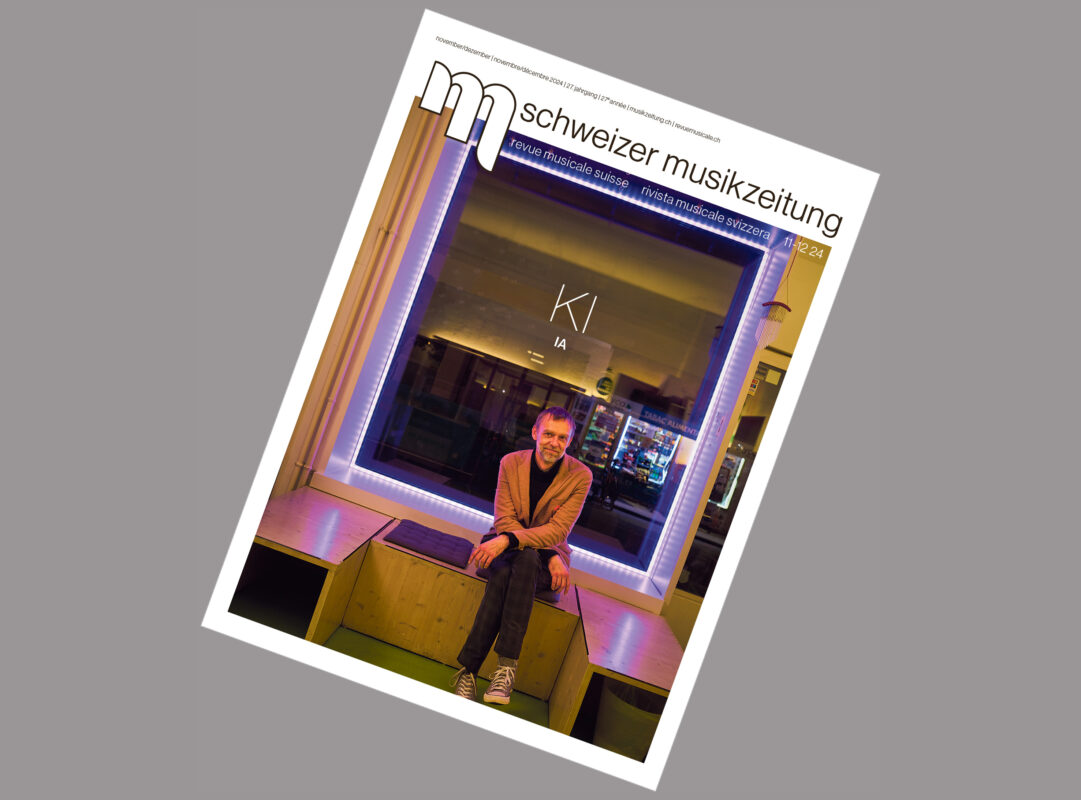(No) sound is innocent?
The humming refrigerator as a contemporary document - Silence in recordings of freely improvised music re-listened.
The humming refrigerator as a contemporary document - Silence in recordings of freely improvised music re-listened.
Coughing audience members, motorcycles passing in front of the concert hall, nervous moving of chairs - on recordings of freely improvised music from around the turn of the millennium, such background noises form clear spikes on the dynamic curve, which otherwise remains without much change. Listening to these recordings today, it is immediately striking that silence is accorded enormous relevance. Regardless of whether the recordings are from London, Switzerland, Berlin or Japan, everywhere the ambient noise overlays the actual musical events with an almost impertinent dominance, which spread out delicately branching out underneath, as if trying to hide in the thicket it has created itself.
Reading eyewitness accounts confirms the impression that the phenomenon was rampant. Today, it is perceived as downright obsessive that the musicians back then not only played very quietly almost without exception, but also played explicitly for long stretches. not played. The dictates of silence transformed the concert hall into a cathedral in which devotion had to be observed at all costs - breathing as inconspicuously and silently as possible, no rustling jackets and no talking. And then you listened to the concert, or rather: the bar fridge, which drowned out the concert by a few decibels.
It is hard to understand how silence, of all things, claimed its quiet but very definite reign for some time over a musical subgenre that is otherwise known for its vociferous rejection of any dogmatism. If you go in search of the origins of this development, they quickly get lost in myths and legends. In the case of the Japanese Onkyō movement (1) The story goes that the scene's main concert venue was in a residential building, so they initially had to play quietly out of consideration, until it eventually became a style that they adopted out of habit. Stories like this are ultimately symptomatic of the protagonists of free improvisation, who have always seemed to feel uneasy when their music is described. However, since both Onkyō and so-called Berlin reductionism played very quietly or not at all in a similar way at the same time, as did other metropolises with a free improvising scene, a common motive for the exploration of silence is at least obvious.
In the mid-1990s, the idea of free improvisation had existed for around 30 years. Proclaimed in the 1960s by groups such as AMM or the Spontaneous Music Ensemble in Great Britain, the music was initially a reflex to the absolute determination of serialism, while the anti-intellectual attitude of its protagonists was rooted in the unbridled gestures of free jazz. The music was originally loud, characterized by long sustained notes in extreme registers with a high noise content, atonal and through the use of found objects often the musique concrète closer than jazz: a enfant terriblewhich always went where it was as uncomfortable as possible and where nobody expected it. Eddie Prévost, co-founder of AMM, coined the phrase "No sound is innocent" - and that is exactly how the sounds were treated.
It is possible that the turn to silence is also rooted in this saying. Isn't free improvisation, with its principle of spontaneous and instantaneous music-making, always in search of the "innocent", the unheard? new Sound? What if, at some point, its protagonists collectively felt that they had conducted all experiments in the field of oblique and loud tones - and now the only remaining path led to unexplored silence? Perhaps Prévost's movement also echoes older ideas that already anticipated the escape into the barely audible: Adorno's corruption of all ("beautiful") sounding material after Auschwitz, for example, or Cage's concept of silence as sound purified of the ego.
It is conceivable that the changes were triggered by considerations to this effect. The dilemma of postmodern music and free improvisation alike is that everything that is heard necessarily has a historicity and can therefore never be fundamentally free. The protagonists of free improvisation are aware of this - if one wanted to insinuate evil, one could claim that the whole style is a single exalted escapism, always on the run from the shattering realization that it cannot keep its own eponymous promise. So if one assumes that this really is something like the motor of free improvisation, one could speak of teleological necessity, that such a radical genre had to turn to silence sooner or later.
Ultimately, the issue is certainly much more complicated and there is not just one reason, but the answers to a corresponding question would be incredibly diverse for a wide variety of musicians. Perhaps the decisive factor was the purely aesthetic idea that a more dominant silence would give the individual sound greater relevance, an event character, and thus the focus would no longer be on the silence, but rather on the individual sound? Were the salutary promises of radical minimalism in every respect, which one believed to be recognizable in the formal austerity, decisive? Or was it about communication between the musicians, who tried out completely new channels of intentionless exchange in absolute silence?
The recordings provide no information about this. They are silent documents of a time when free improvisation was in a state of upheaval that was both a crisis of meaning and a creative heyday. Today, as free improvised concerts have once again freed themselves from silence as their exclusive habitat, they sound oppressive, enigmatic and in their unconditional naivety actually somehow - innocent.
Remark
1 The Onkyō movement (jap. Onkyōkei) practices a particular form of free improvisation and emerged at the end of the 1990s. The term onkyō can be translated as noise or echo; the music places more emphasis on sound textures than on musical structure and incorporates elements of different styles such as electronic music or noise. Important representatives of onkyō are Otomo Yoshihide, Sashiko M. and Taku Sugimoto.








